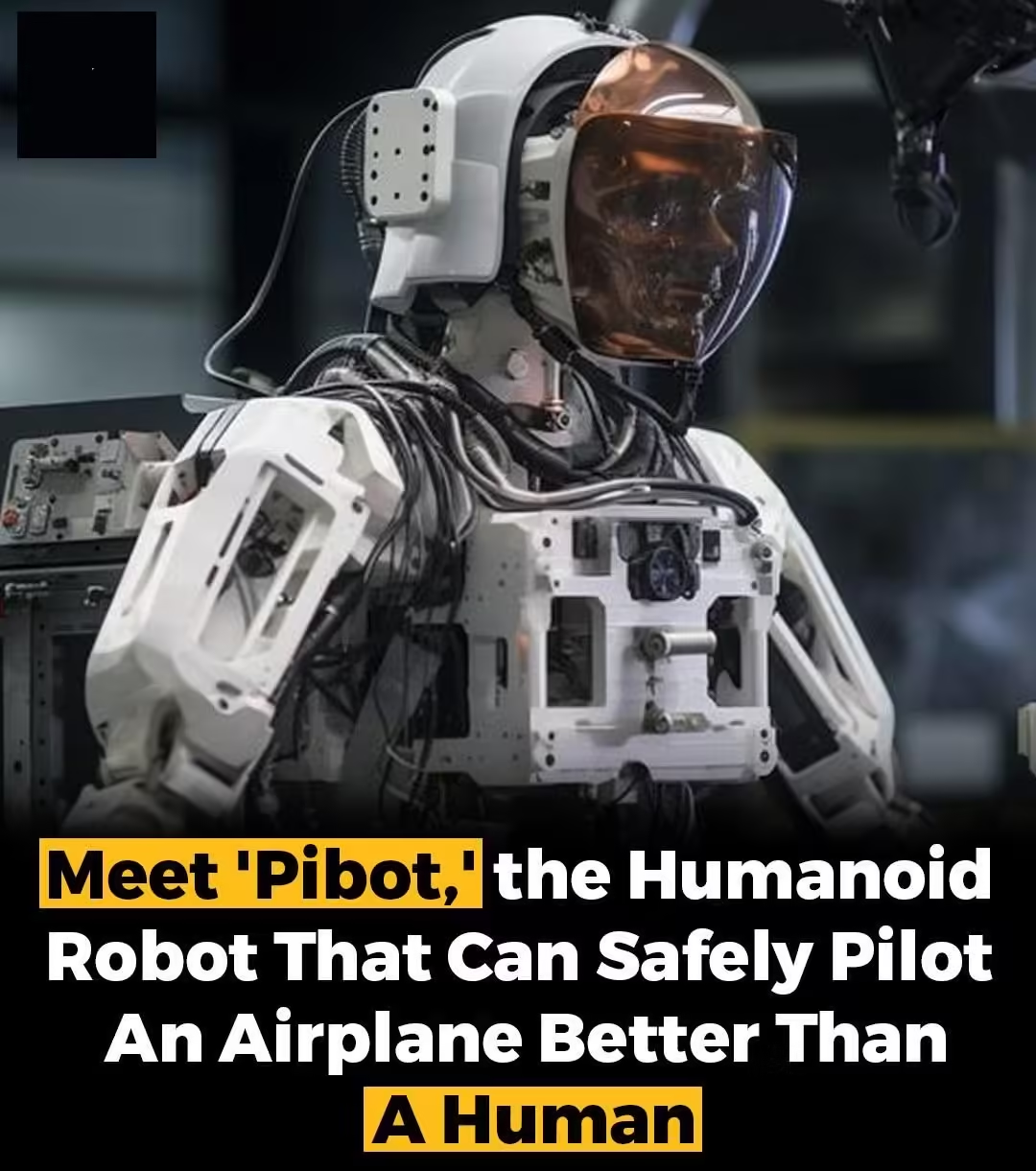KAIST’s Innovative Creation Poised to Transform Flight Controls
In a groundbreaking achievement, researchers at the Korea Advanced Institute of Science & Technology (KAIST) have unveiled “Pibot,” a remarkable humanoid robot designed to pilot jets without the need for extensive cockpit modifications. Standing at just over five feet tall, Pibot has emerged as a potential game-changer in the aviation industry, showcasing its prowess in managing flight controls, stability, and even emergency response. Verizon Unleashes C-Band 5G Power: A Major Leap in Speed and Capacity
Mastering the Skies: Pibot’s Unique Abilities
Pibot’s standout feature lies in its exceptional ability to effectively manage flight controls, rivaling the performance of human pilots. In fact, the robot showcases even faster response times in critical situations. This development opens doors to enhanced flight safety and operational efficiency, addressing the limitations often associated with human pilots, such as fatigue and reaction times.
Learning from the Best: Language Models and Adaptability
At the core of Pibot’s competence is its integration of language models to swiftly comprehend and learn aircraft documentation. This innovative approach enables the robot to effortlessly adapt to various cockpit configurations. By simulating and absorbing pilot behaviors, Pibot breaks barriers, showcasing its adaptability in diverse scenarios and challenging environments.
A Leap Towards the Future: Collaborative Innovation
Pibot’s journey from concept to reality involved the adaptation of existing controls and a deep understanding of pilot behaviors. Initially conceived to navigate challenging environments unsuitable for humans, this humanoid robot is on track to revolutionize the South Korean defense sector. The innovation has caught the attention of Airbus, fostering the possibility of a collaborative venture to test electric aircraft flights, further expanding Pibot’s potential.
Implications and Challenges Ahead
While Pibot’s introduction brings exciting prospects, its impact prompts important discussions. The decision to deploy Pibot in aviation raises questions about the balance between automation and human expertise, with experts highlighting the importance of human oversight in complex scenarios. Moreover, the move to entrust robotic pilots with aircraft controls introduces concerns about system reliability, cybersecurity, and unforeseen challenges. Unveiling the “Black Diamond” Apple: A Sweetness Beyond Compare
Conclusion
As KAIST’s humanoid robot Pibot emerges on the aviation scene, it signifies a pivotal step towards revolutionizing jet piloting. With its unmatched ability to manage flight controls, adapt to various cockpit setups, and respond swiftly to emergencies, Pibot holds the potential to transform the aviation industry’s landscape. As it paves the way for increased operational efficiency and safety, it also underscores the need for a balanced approach that combines technological innovation with human expertise to navigate the skies of the future.

